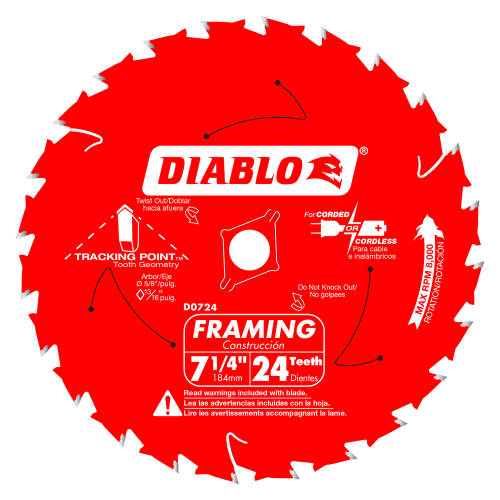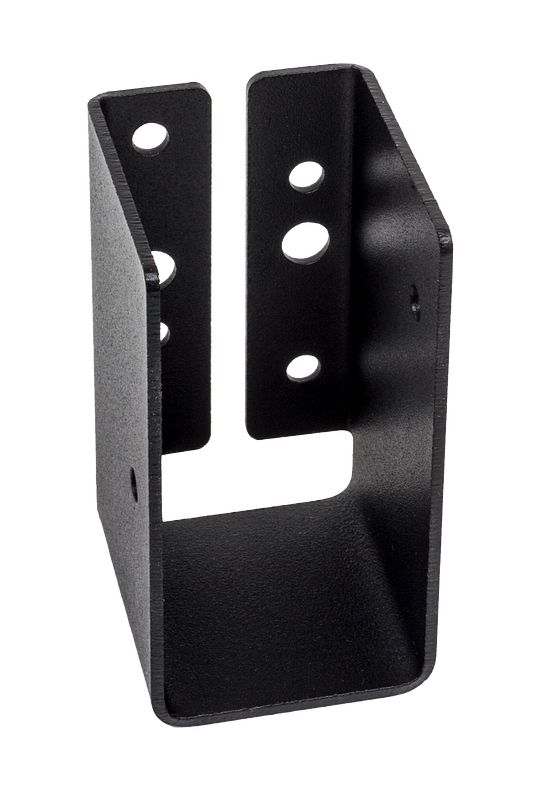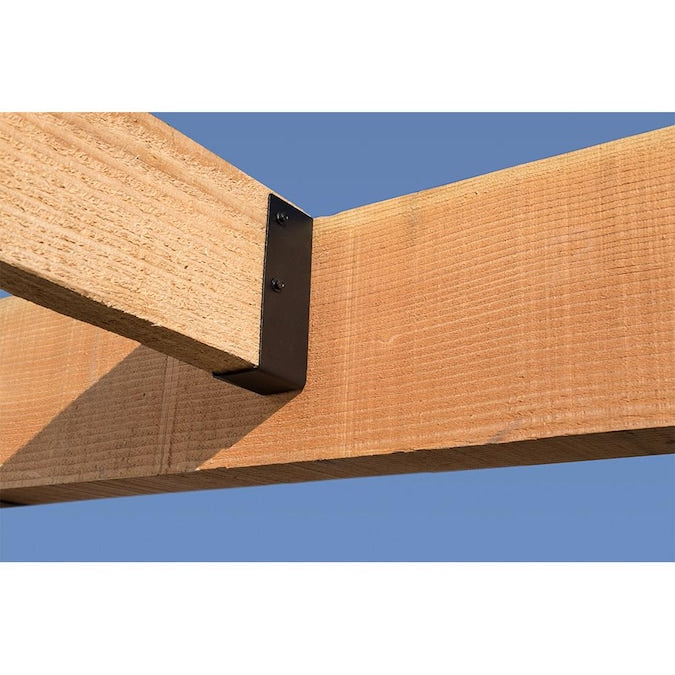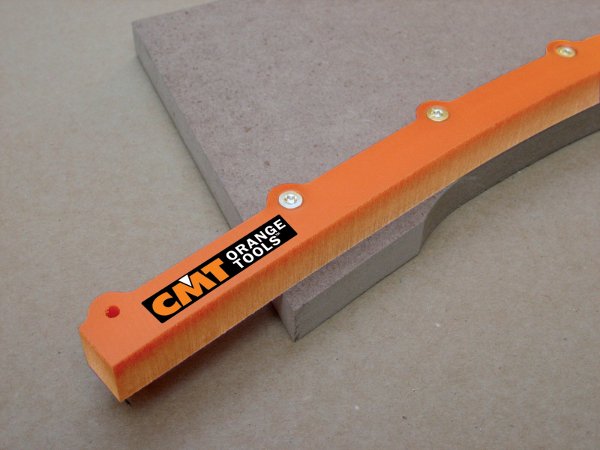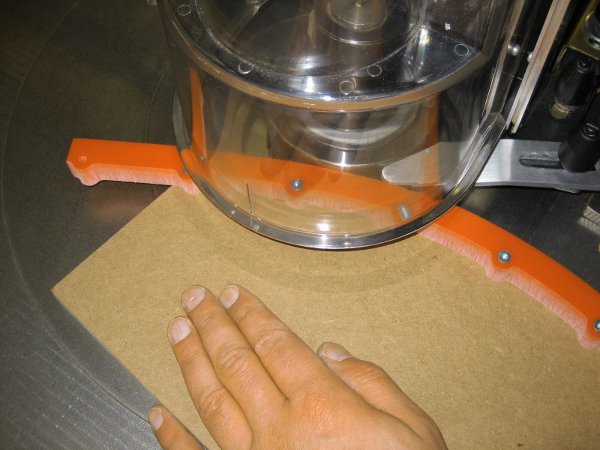When it comes to fastening materials together, screws play an indispensable role in various DIY projects and professional applications. Two common types of screws that often lead to confusion are self-tapping screws and self-drilling screws. While they might appear similar at first glance, they serve distinct purposes and exhibit differences in design and functionality. In this article, we will delve into the dissimilarities between self-tapping and self-drilling screws, providing insights into when to use each type and how they can enhance the efficiency of your projects.
Understanding Self-Tapping Screws
These screws are engineered to create their own threads as they are driven into a material. This is made possible by their sharp, pointed ends and unique threading design. The threads on self-tapping screws are often spaced widely and have a more aggressive angle compared to regular screws. As these screws are turned, they essentially "tap" into the material, carving out a path and forming threads that securely grip the material.
Self-tapping screws are particularly useful when fastening materials such as wood, plastic, or thin metal. They eliminate the need for pre-drilling pilot holes, which can save time and effort during installation. These screws are commonly used in applications like woodworking, furniture assembly, and attaching hinges or brackets.
One of the key advantages of self-tapping screws is their ability to create threads without requiring a separate pilot hole. This feature expedites the fastening process and reduces the risk of splitting or cracking in the material. Additionally, self-tapping screws can be easily removed and reinserted without significantly compromising the integrity of the threads.
Exploring Self-Drilling Screws
Unlike self-tapping screws, self-drilling screws are designed to drill their own pilot holes as they are driven into the material. These screws have a built-in drill bit-like tip with flutes that help remove material as they bore through it. The threads on self-drilling screws are finer and less aggressive compared to self-tapping screws, as the primary focus is on drilling rather than carving out threads.
Self-drilling screws are particularly suitable for harder materials such as metal, steel, and concrete. They are commonly used in construction, metalworking, and applications where a high level of precision and stability is required. These screws are ideal for attaching metal roofing sheets, fastening metal studs, and securing structural components.
The main advantage of self-drilling screws lies in their ability to penetrate harder materials without the need for pre-drilling pilot holes. This not only saves time but also ensures a more accurate and secure connection. The fine threads of self-drilling screws provide strong holding power in metal and other tough materials.
Choosing the Right Screw for Your Project
Selecting the appropriate type of screw is crucial to the success of your project. While both self-tapping and self-drilling screws have their merits, choosing the right one depends on the material you are working with and the specific requirements of your project.
Consider the type of material you are fastening. If you are working with softer materials like wood or plastic, self-tapping screws are likely your best bet. For harder materials such as metal or concrete, self-drilling screws are more suitable.
The thickness of the material also plays a role. Thicker materials may require self-drilling screws to ensure a proper pilot hole is created, while self-tapping screws can be used for thinner materials.
Evaluate the specific demands of your project. If speed and convenience are paramount, self-tapping screws might be preferable. If you need maximum strength and stability, self-drilling screws are a better choice.
In the world of screws, understanding the distinction between self-tapping and self-drilling screws can significantly impact the outcome of your DIY endeavors. While both types serve the purpose of fastening materials, their unique designs and applications set them apart. By selecting the appropriate screw for your project, you can ensure efficient installation, robust connections, and successful outcomes in various applications. Whether you're constructing furniture or working on heavy-duty metalwork, the choice between self-tapping and self-drilling screws can make all the difference in achieving a professional and reliable end result.

